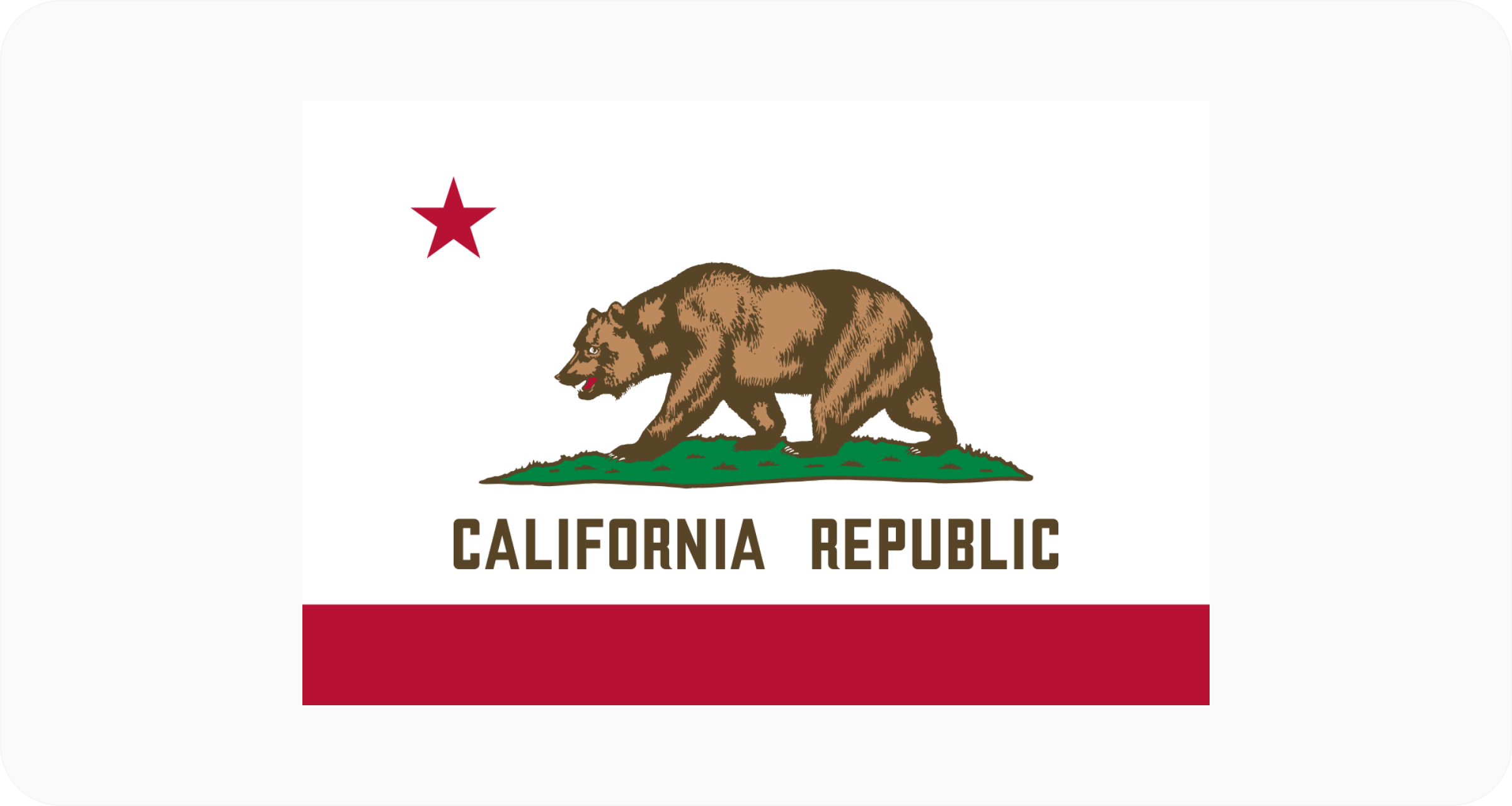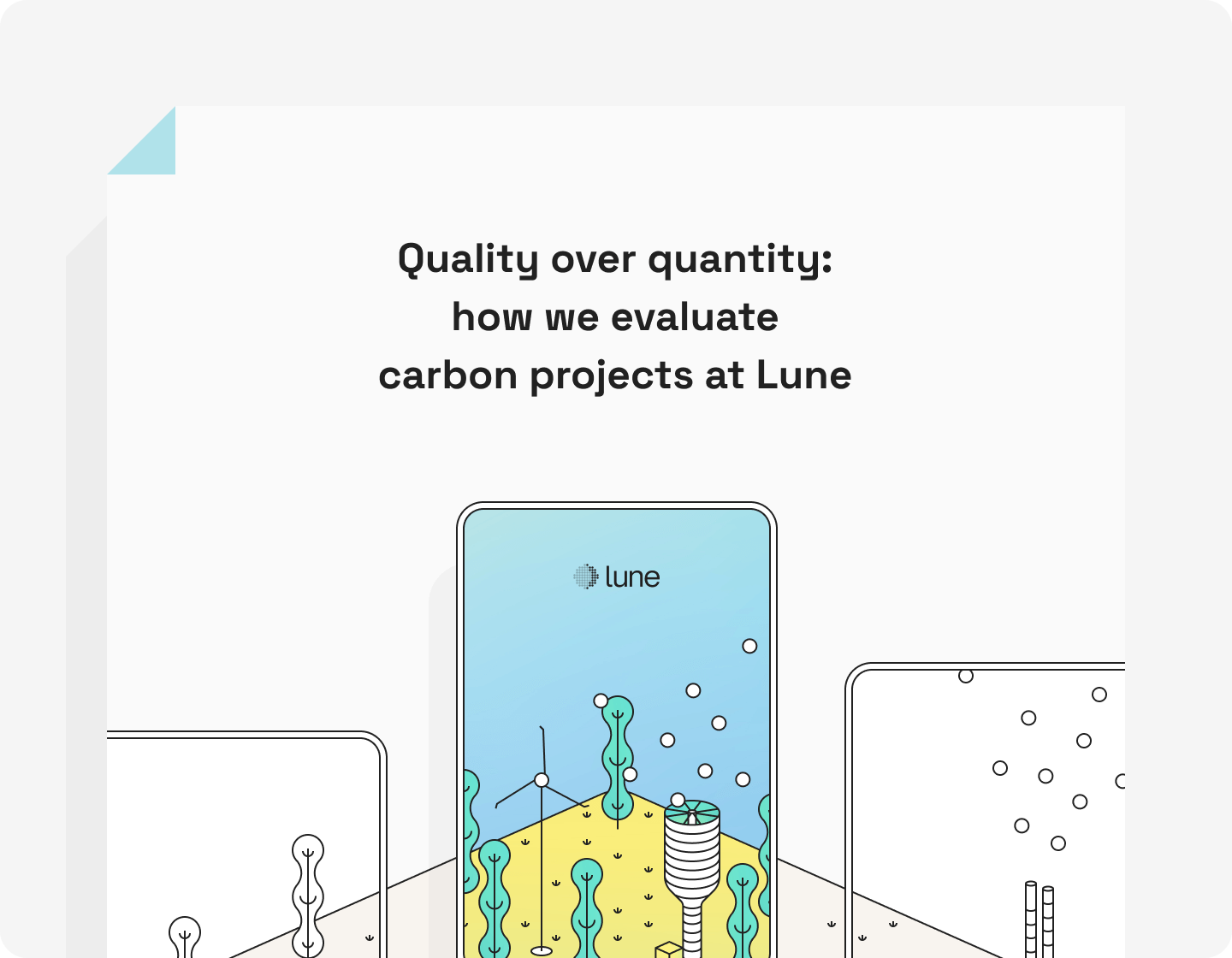

As of January 2024, California is cracking down on greenwashing. Now in effect, AB 2331 (formerly AB 1305) will require businesses that operate in California to be completely transparent about their environmental claims, including those relying on carbon credits.
It comes at a time when governments around the world, including the EU, are stamping out unsubstantiated green claims. While investors are pulling £8bn in funding amid a backlash over greenwashing and the ‘vague’ promises they offer.
Although it may feel like yet another climate disclosure sustainability leads have to worry about, the long-term benefits are worthwhile. Only high quality carbon credits can accelerate net zero. And AB 2331 brings more integrity to carbon markets.
What is the carbon offset bill in California?
To comply with the Californian voluntary carbon market disclosure legislation, companies affected by the law must now disclose whether voluntary carbon offsets (credits) have, or will have, the promised climate impact. It requires companies to take a much closer look at the carbon removal or emission avoidance climate projects they fund to support their green claims, i.e. carbon neutral, net zero, etc.
Entities must also verify the accuracy and achievement of these claims, including how progress is measured and if it is validated by an independent third party.
Who does AB 2331 affect?
AB 2331 impacts California entities involved in marketing, selling, or purchasing carbon credits to support green claims, such as net zero or carbon neutral.
What is the cost of non-compliance
Failing to disclose information could incur a civil penalty of up to $2,500 per day for each violation, but will not exceed a total amount of $500,000. In a time when market conditions are already tough, and the required information is readily available through the Lune dashboard, for example, it’s a fine that’s easily avoidable.
What do I need to share to comply with the Californian offset bill?
Overall, there are three buckets of information companies falling under the scope of AB 2331 will need to disclose. Each category refers to the climate projects details, the risk of project failure, and the methodology used to calculate the number of credits.
Climate project details
Parties must share details regarding the applicable carbon offset project, including all of the following information:
- Protocol: Disclose the protocol for estimating emissions reductions or removals.
- Location: Specify the project site location.
- Timeline: Include project duration, start date, and significant dates for emissions reductions or removals.
- Project Type: Detail if offsets are from carbon removal, avoided emissions, or both, including the offsets breakdown.
- Standards Compliance: State if the project meets legal or nonprofit entity standards.
- Durability Period: Disclose the durability of the project's greenhouse gas impacts relative to the atmospheric lifetime of CO₂.
- Validation / Verification: Indicate if the project attributes have independent validation or verification.
- Annual Impact: Report the amount of emissions reduced or carbon removed annually.
Risk of failure
Outline measures for accountability if the project fails to complete or achieve projected emissions reductions or removals, specifically addressing:
- If carbon storage projects are reversed.
- If future emissions reductions do not materialize.
Project methodology
Entities must share relevant data and calculation methods needed to independently reproduce and verify the number of emissions reduction or removal credits issued using the protocol.
Navigating carbon credits with ease and expertise
At Lune, we prioritise transparency at every level. All the above information is readily available in our dashboard so companies can fund climate projects that deliver measurable impact and peace of mind. After all, only high quality carbon credits can accelerate net zero goals.
To learn more about how Lune vets climate projects, download our quality assessment guide.

Readers also liked
Readers also liked

Subscribe for emissions intelligence insights
Get the latest updates in the world of carbon tracking, accounting, reporting, and offsetting direct to your inbox.


